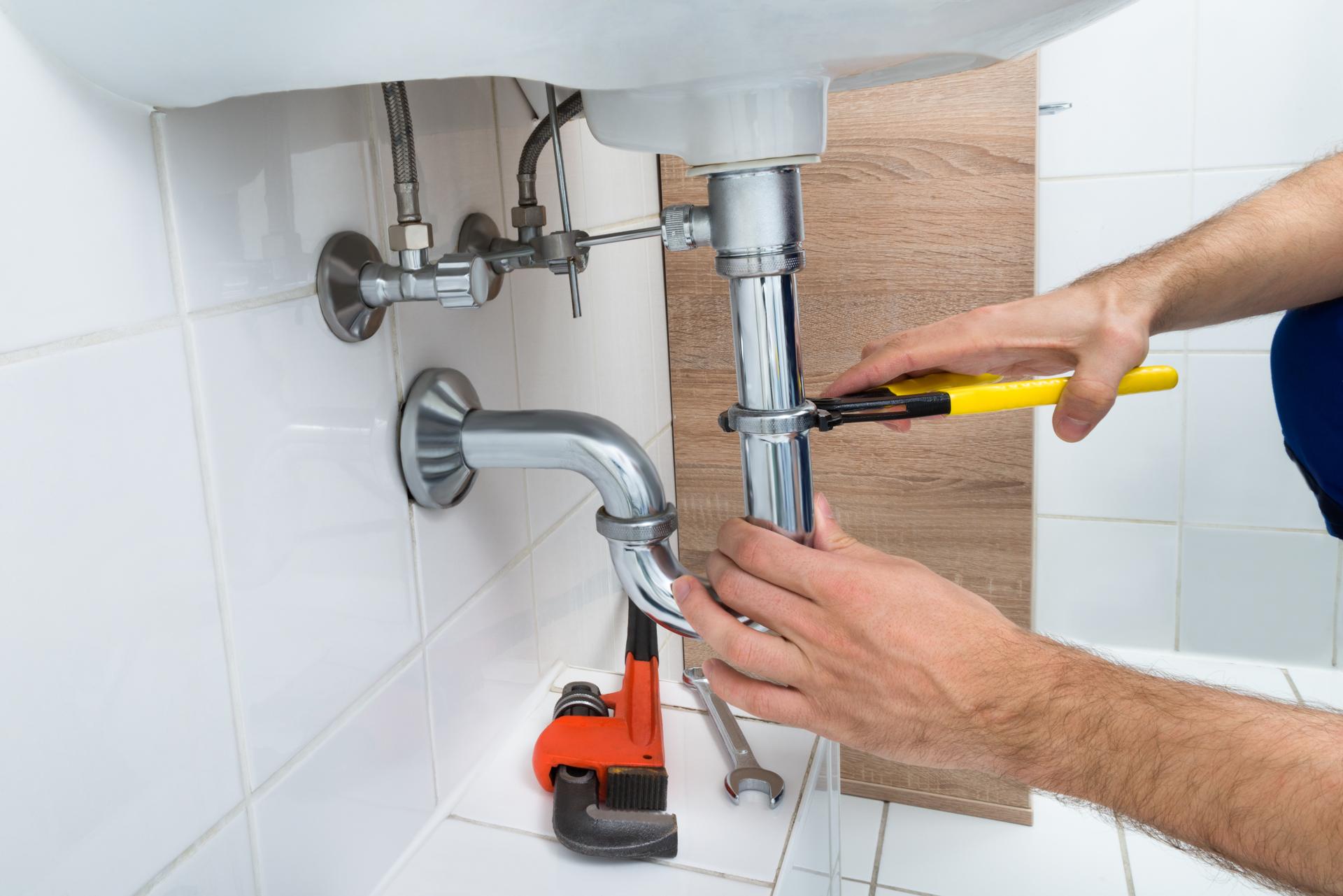The Best Time to Replace Your Plumbing and What to Expect

Plumbing is an essential component of any home, providing us with clean water for cooking, drinking, and cleaning, as in the process of disposing of waste. However, like any other home appliance, plumbing will eventually get old and need to be replaced.
Understanding when it’s time to upgrade your plumbing crucial to avoid expensive repairs and to avoid health hazards. This article will discuss the signs that indicate your plumbing needs to be replaced, the factors to take into consideration before replacing your plumbing, the plumbing replacement process and the advantages in replacing the plumbing and a FAQ section to address any concerns you may have.
The signs that it’s time to Replace Your Plumbing
There are a variety of indications that your plumbing is in need of being repaired, such as leaks If you see water spots or puddles in your home, it’s a sign of a plumbing leak. Leaks can cause severe structural damage to your home and lead to mold growth, so it’s essential to fix them immediately. Rusty pipes an obvious sign that your plumbing requires to be repaired or replaced. Rust can contaminate your water supply which makes it unfit to drink or cook with. Low pressure in the water: If your showerheads and faucets produce low flow of water, it’s a sign of low pressure water that can be caused by corroded pipes or blockages. Water discoloration: Discolored water like brown or yellow, is a sign of sediment or rust in your pipes. This could affect the flavor and quality of your water. It could also suggest the need for the replacement of your plumbing.
Factors to Take into Account Before Replacing the plumbing
Before replacing your plumbing, there are several aspects to take into consideration, such as: Age of the plumbing system: Plumbing systems can are designed to last around 50 years, so should your home be older than that, it’s probably to be time to replace it. Cost of replacement replacing your plumbing could be costly, which is why it’s essential to budget for the cost. The severity of the plumbing issue: If your plumbing issues are serious and affect multiple areas of your home replacing it could be the best choice.
What to Expect During the Plumbing Replacement Process
The plumbing replacement process involves various steps, which include closing off the water supply Your plumber will have to shut off the water supply to your home to prevent water damage or leaks. Removal of old pipes: Old pipes will need to be removed. This could require cutting into walls or floors. Installing new pipes: New pipes will be installed, which may require rerouting to ensure the proper water flow. The timeline for replacing the plumbing will depend on the size of your property as well as the complexity of the task. Homeowners can expect some disruption throughout the process, such as water shut-offs as well as damage to walls and floors.
Benefits of replacing plumbing
Replacing your plumbing can provide a variety of benefits, including increased water efficiency Plumbing fittings and pipes have higher efficiency, reducing the amount of water you use and decreasing your utility bills. Better water quality: Replacing the old pipes that are corroded with new ones will improve the quality of your water, making it safe for drinking and cooking. A lower risk of future plumbing issues: New plumbing is less likely to develop blockages or leaks, thus reducing the requirement for costly repairs in the future.
Conclusion
Removing your plumbing is an expensive expense, but it’s necessary for your home’s security and comfort. By understanding the signs that indicate your plumbing needs replacement, taking into consideration the reasons for replacement, and knowing what you can expect during the plumbing replacement process, you can make an informed decision about the plumbing in your home. Remember, replacing your plumbing will provide many advantages, including improved efficiency in water use, improved water quality, and a reduced risk of future plumbing problems.
FAQ Section
How much will it cost to replace plumbing?
The cost to replace your plumbing will be contingent on many factors, such as how big your home, the complexity of the task, as well as the material used. In the average, homeowners will need to spend between $5,000 and $10,000 for a whole-house plumbing replacement.
How long does it take to repair plumbing?
The timeline for plumbing replacement will vary based on the size of your home and the complexity of the work. A typical whole-house plumbing replacement could take from two to four weeks.
Do I need to change my plumbing if I have an issue with my plumbing?
If you have a single water leak within your pipes system, it may not need a full replacement. However, if you’re experiencing multiple leaks or notice other signs of plumbing problems, replacing could be the best choice.
Can I repair my plumbing by myself?
Replacing your plumbing can be a difficult task that should be left to the expertise of a qualified plumber. Attempting to replace your plumbing yourself can result in costly errors as well as safety hazards.
What kind of pipe will I need for my plumbing replacement?
There are several types of pipes available for plumbing replacement, such as copper, PVC and PEX. Your plumber can suggest the most appropriate type of pipes based on your needs and budget. To conclude, changing your pipes is a significant decision to make with care. When you know the signs that indicate your plumbing needs replacing, weighing the elements that influence replacing and understanding what you can expect during the plumbing replacement process, you can make an informed decision about your home’s plumbing. A professional plumber will guide you through the process and guarantee an efficient and successful replacement of your plumbing.
